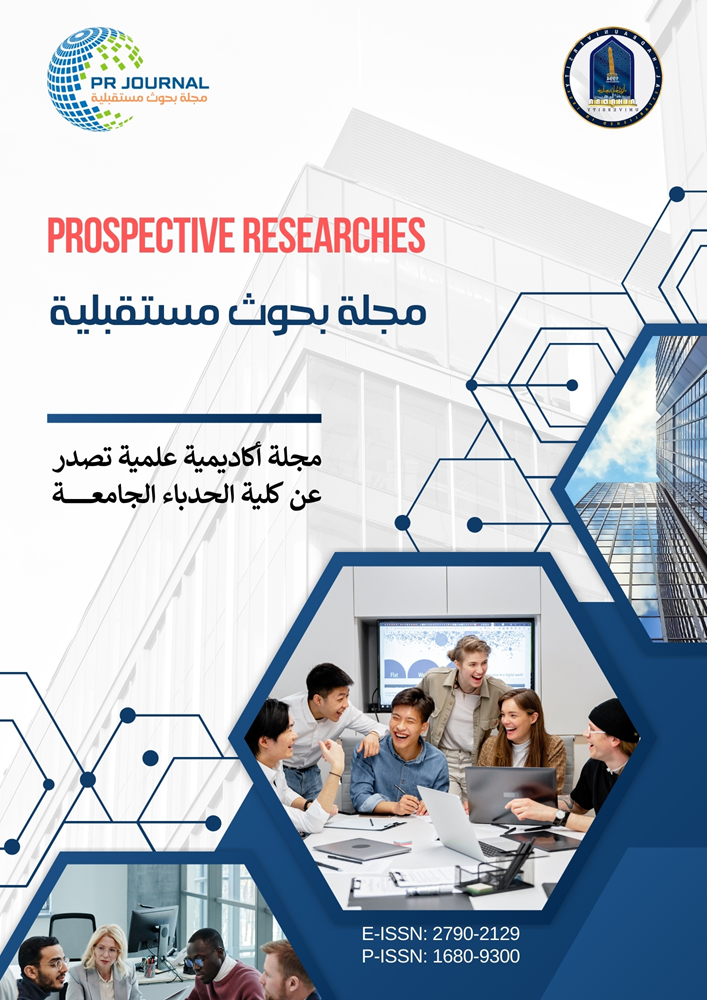Intertextuality: The Themes of Death, Sterility and Aridity in Eliot's The Waste Land As A Case Study
Abstract
Intertextuality is one of the literary terms which has recently received a
special interest by literary critics all over the world. The present study tries
to provide some definitions of this term and trace its origin and
development. It also tries to draw a distinctive line between this term and
some other terms and concepts, like influence, which, sometimes, overlap
with it. It tackles its forms and mechanisms as they appear and work in
themes of death, sterility and aridity in Eliot's The Waste Land. This study,
however, concentrates on mythical, religious and literary intertextuality, for
the poet absorbs, transforms, parallels and contrasts with some stories,
situations and ideas in these sources. Accordingly, this paper is arranged.
Downloads
Published
How to Cite
Issue
Section
License

This work is licensed under a Creative Commons Attribution-NonCommercial-NoDerivatives 4.0 International License.
Copyright © 2025 by the authors. This work is licensed under a Creative Commons Attribution-NonCommercial-NoDerivatives 4.0 International License (CC BY-NC-ND 4.0). You may not alter or transform this work in any way without permission from the authors. Non-commercial use, distribution, and copying are permitted, provided that appropriate credit is given to the authors and Al-Hadba University.







